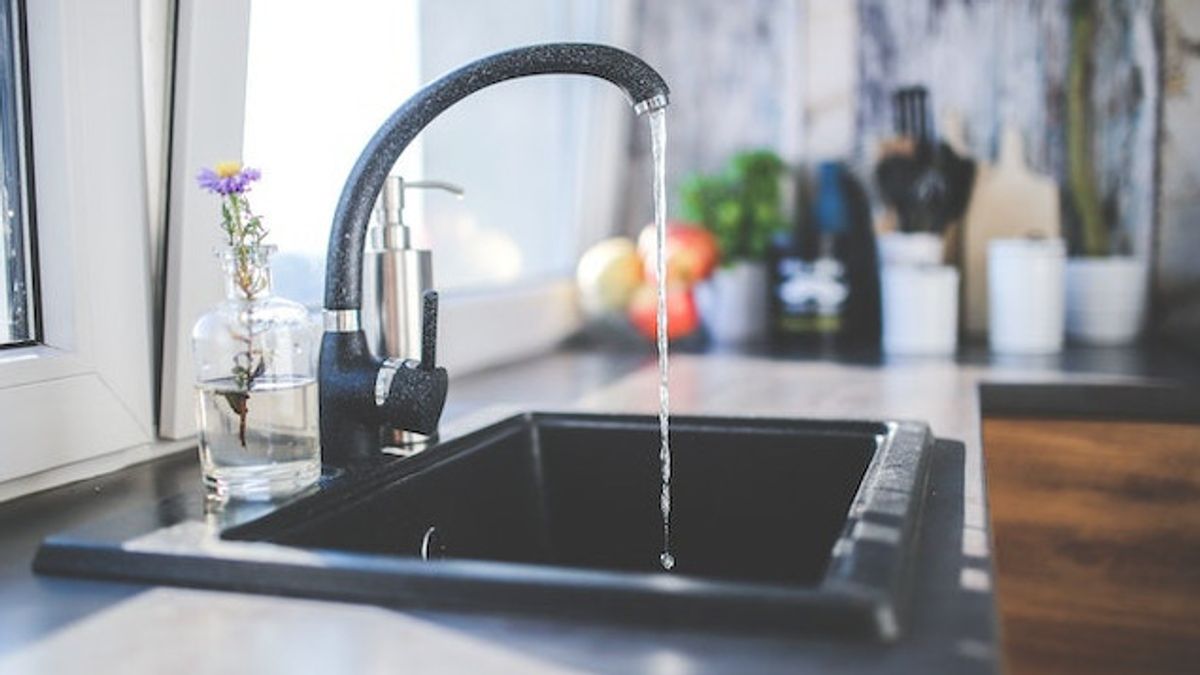JAKARTA - Clean kitchen sinks and free from piles of dirty dishes. Making activities in your kitchen everyday feels much more comfortable and fun. Even with a clean sink, the kitchen will be more organized.
However, getting a clean sink is not as easy as turning the palm of the hand. The deep cleaning and sanitary sinks apparently have to be done every day. According to the NSF (National Sanitation Foundation), the kitchen sink contains the second highest concentration of germs throughout the house, after the kitchen sponge.
Then, how do you get rid of bacteria and make the sink scintillating again? VOI, launching the Taste of Home, Tuesday, March 28, will discuss basic cleaning measures for each kitchen sink, then more specifically based on sink material.
Clear your sinks from all dishes by loading a dishwasher or washing and storing dishes. Get rid of the brush, lap, or sponge.
Before you clean the sink, wash it to remove food particles and other dirt. Wash your sink with warm soap. Drop some drops of dish soap on the wet sponge and rub your side and bottom of the sink. Then rinse.
After the sink is clean and dry, it's time to clean it to remove harmful bacteria (especially if the sink is used to wash raw materials such as meat or fish). Sob the baking soda on each surface including the faucet area. Baking soda is a soft abrasive material that will help remove the remaining food and oil that sticks. Baking soda also acts as odor remover and refreshs the sink drain channel.
Use a sponge or soft-haired brush to clean the sink. The stainless steel sink has a faint line, when cleaning it, follow the line to prevent scratches. Brush the used teeth very suitable for the area around the tap or sink edge. Don't forget to clean the drain hole. After rubbed, let it go first, don't rinse it immediately.
After cleansing with baking soda, sink spray with distilled white vinegar. The acid content of the vinegar will help cut mineral deposits that cause spots and scratches. When the chassis stops, rinse the sink and tap area with warm or hot water.
Use a microfiber cloth to dry the sink and faucet. If the stain is still attached, repeat the method above.
The English, Chinese, Japanese, Arabic, and French versions are automatically generated by the AI. So there may still be inaccuracies in translating, please always see Indonesian as our main language. (system supported by DigitalSiber.id)













